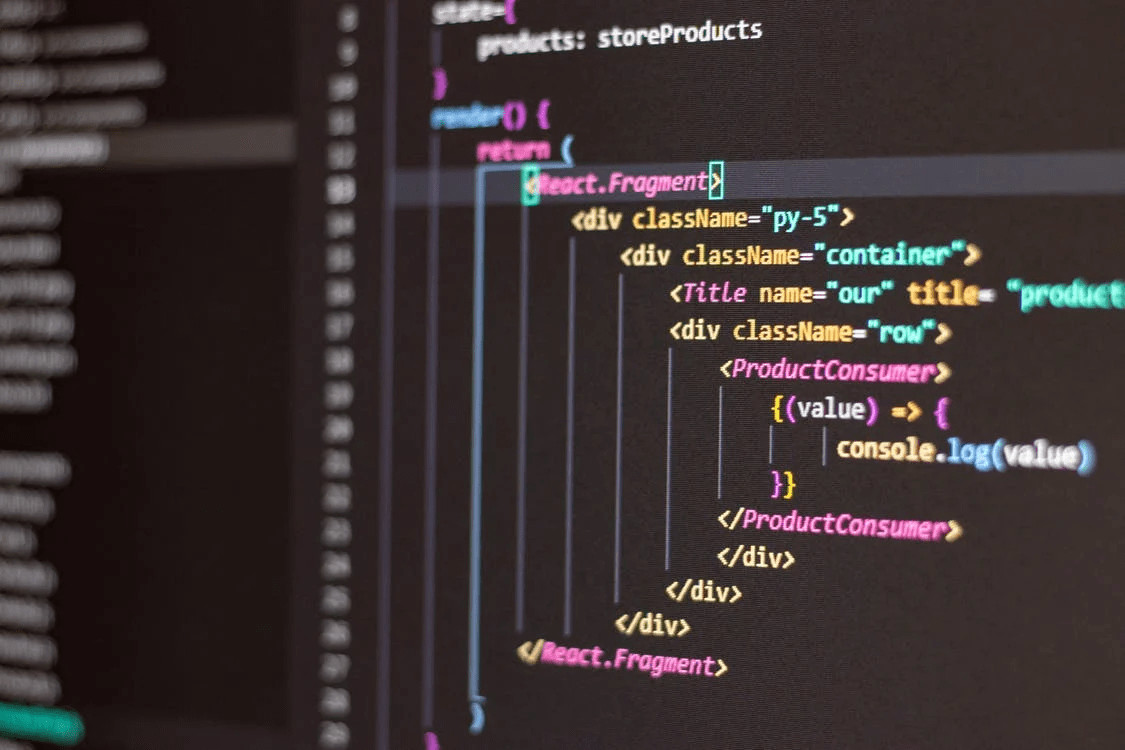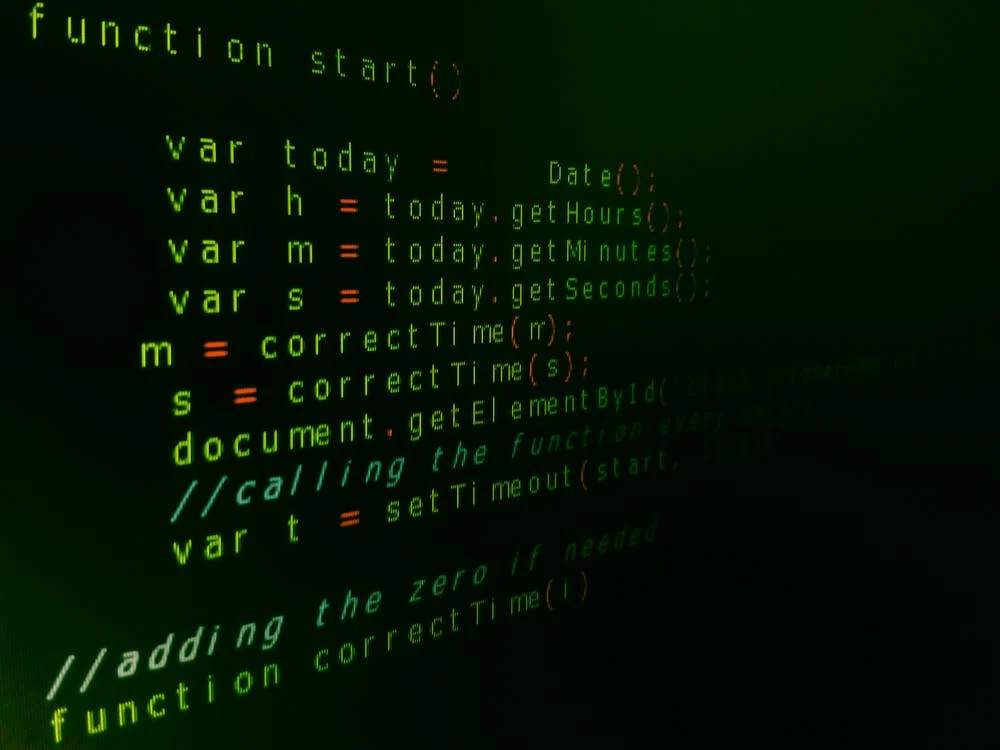As technology evolves, the work of data scientists and people working in machine learning are closely related. Both professions focus on utilizing and creating the best results from data.
So what are the core differences between the two fields? Which one is more suitable for your skills and interests? This post will discuss data science and machine learning basics to give you an in-depth answer.
Overview of Data Science
Data science is a major in universities that focus on dealing with vast data.
The learner will learn to gather, process, and utilize data using special techniques, tools, and software.
This practice aims to discover hidden patterns, gather meaningful information, and make efficient business decisions by analyzing data. This domain also includes building the data predicting models using the algorithms.
Data Science Lifecycle
Data science consists of 5 main stages with a specific task, making a lifecycle.
- Capture: Data Entry, Data Acquisition, Data Extraction, and Signal Reception. The main aim of this stage is to gather and identify unstructured or structured data.
- Maintaining: Data cleansing, staging, warehousing, processing, and data architecture. This process analyzes and makes the data applicable from the gathered raw data.
- Process: Data clustering/classification, modeling, mining, and summarization. In this stage, the maintained and prepared data is processed and examined to identify the patterns, biases, and utility.
- Analyzing: Predictive Analysis, Regression, Exploratory/Confirmatory, Text Mining, and Qualitative Analysis. This is the main stage of the lifecycle as it involves the analysis of the data using tools and techniques.
- Communicate: Data Visualization, Data Reporting, Decision Making, and Business Intelligence. The data scientists report the processed data to businesses and teams via presentations, charts, graphs, or reports.

Overview of Machine Learning
Machine learning is a part of computer science. Its central role is to utilize data and improve the accuracy of algorithms by imitating the way humans work.
Machine learning algorithms also utilize data as the inputs to predict the outcomes and new patterns. Some popular applications are threats to malware detection, spam filtering, fraud detection, and BPA.
Types of Machine Learning
We can classify the types of machine learning based on the way algorithms learn and adapt to get more accurate. Here are the four foundational types of this artificial intelligence subfield:
- Supervised: the algorithms are supplied with the training data with specified inputs and outputs. The algorithms will adjust the weight of the labeled database to effectively fit the models.
- Unsupervised: This field focuses on analyzing and clustering the unlabeled data using the algorithms. It has the ability to identify the similarity and differences in data.
- Semi-supervised: It is a combination of supervised and unsupervised machine learning, using smaller datasets to classify and extract the larger unlabeled data.
- Reinforcement: It involves teaching the machine to handle a complicated task following the pre-setup rules. One example is programming an algorithm to solve some specific tasks and problems.

Key Differences
As we have discussed the basics of data science and machine learning, let’s move on to discover their core differences.
| Data Science | Machine Learning | |
|---|---|---|
| Goal | Use different data resources to test the availability of hypotheses. | Program and build software that imitates the way humans learn using data extraction. |
| Tools | Data scientists use the manual method, mL tools, and patterns to work with data. | Using analytical software and ML tools to find effective solutions to the identified problems. |
| Skills | Profound knowledge and proficiency in SQL | Mastering programming languages such as Python, Java, or Lisp. |
| Scope | Data science has a large scope. | Machine learning only belongs to a stage of data science. |
| Output | Report and market decisions based on the analysis of data. | Solutions for the problems and ML models. |
Core Differences
While data science’s focus is the visualization and utility of databases, machine learning aims at building and programming the software and algorithms.
In simple terms, data science focuses mainly on data, while machine learning, as its name suggests, makes the algorithms learn to become more accurate.
The function of this field is to help the business identify and recognize the trends in customers’ preferences and behaviors. The algorithms are programmed to use the database from millions of users.
Meanwhile, machine learning is an integral part of data science. Data scientists gather and analyze information to develop helpful strategies and insights.
Skills Required
Besides possessing an impressive academic background with a bachelor’s degree in related majors, data scientists have to be adept at dealing with data.
Some examples are math, data mining, cleansing, statistics, and SQL databases.
Mastering programming languages like Python and a deep understanding of machine learning is an advantage. Meanwhile, you don’t have to be adept at SQL databases to work in the field.
The most important skills in this field are programming and building algorithms.
So you have to master various programming languages and have a thorough knowledge of math and statistics.

How Are They Related?
The two fields are interrelated as they belong to the Artificial Intelligence field.
Still, data science is a more important and broader part of AI. It also includes results and algorithms to deal with data.
Which One Should You Choose?
As the two fields are closely related, you will inevitably handle the tasks of one area or another at some point.
If you are very proficient at programming and developing algorithms using data, you can contribute to a particular stage of data science projects. Data scientists have to possess the basic skills and knowledge of machine learning.
We hope that the comparisons and information provided can satisfy you.
Thank you for reading.
